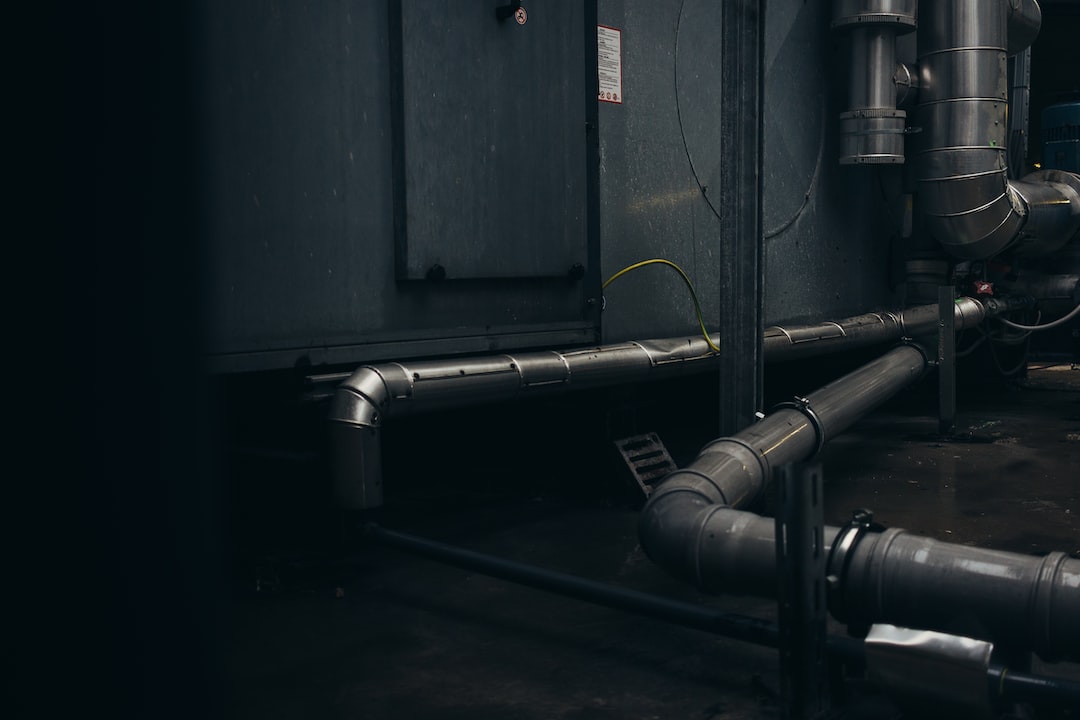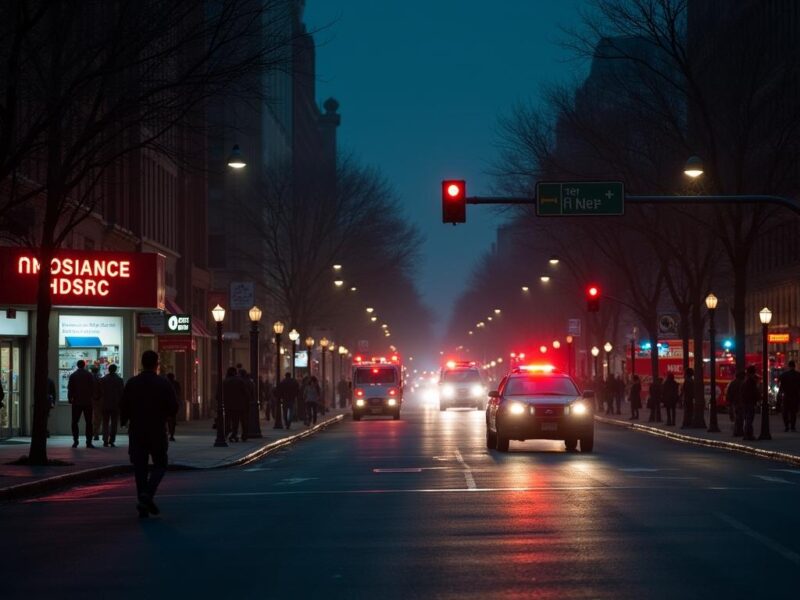Trenchless repair methods like pipe lining and bursting offer less invasive alternatives to traditional repairs that involve digging up yards, driveways, and sidewalks. This can save homeowners a lot of time and money.
Both processes can fix clogged, leaking, and broken sewer lines. They also create pipes that can resist corrosion and have a 50-year life expectancy.
Less Excavation
When traditional sewer line repair involves digging long trenches along the pipe’s length, like repairing a water main break, crews can take weeks to complete the work. However, when a plumber uses trenchless technology, excavation is reduced. This allows your plumbing crew to do the job faster without damaging or disrupting the surrounding property and landscape.
Trenchless sewer pipe lining involves placing a felt tube saturated with epoxy inside your pipe. The epoxy hardens to create a new pipe within your old one. The result is a new pipe that can handle the same amount of wastewater as your original sewer pipe. This pipe can also last up to 50 years or more.
The other trenchless option for sewer repair is pipe bursting. This method replaces your damaged sewer pipe with a new HDPE (high-density polyethylene) replacement. This process best replaces lateral sewer lines that connect your home to the main sewer line.
Pipe bursting requires the crew to dig two access holes at each end of the existing pipe. A replacement pipe is then pulled into place using a winch, destroying the old pipes and leaving a new replacement pipe in its place. Pipe bursting works best for replacing larger sections of pipes. If your sewer line is smaller, a different trenchless method may be better suited for you.
Less Time
Traditional sewer repair involves digging up and removing the old pipe, which creates a lot of waste. Trenchless methods eliminate this waste, saving time and money.
In addition to the cost savings associated with trenchless technology, there are also environmental benefits. Traditional sewer repairs involve digging and disrupting the natural environment around your home, which can leave a mess that takes weeks to clean up. With trenchless, your plumber only needs to make two small access holes at either end of the damaged pipe. This saves the surrounding grass, landscaping, sidewalks, driveways, and other structures from destruction.
The other environmental advantage of trenchless sewer pipe lining is using environmentally-safe HDPE pipes. These pipes are more durable and last longer than the older clay, cast iron, and galvanized steel pipes. In addition, they don’t rust or develop cracks that could lead to tree root infiltration.
Lastly, trenchless sewer pipe lining is one of the fastest and most efficient ways to repair damaged sewer pipes. The process can be completed in as little as a day, which saves you valuable time. In addition, the cured-in-place liners are made to last, so you’ll spend less time replacing them in the future. If you have a problem with your sewer line, call us today!
Less Damage
Using traditional dig methods to repair or replace sewer pipes requires tearing up your landscaping, driveways, sidewalks, and street. That’s a lot of damage to repair and can cost you thousands of dollars. Trenchless pipe lining offers an alternative that’s far less destructive.
Instead of digging a trench from your home to the street curb, plumbing experts only need small access holes on each end of the pipe. This allows the plumbers to insert a flexible tube resembling neoprene coated in resin and inflated with air. When the wax hardens, it creates a new pipe inside your old one. The new pipe is smooth and impervious to root intrusion. It also has a reduced inside diameter but is much stronger than clay, iron, or concrete pipes and can withstand even the heaviest of waste flows.
Plus, the lining material won’t crack or corrode and can stand up to a lifespan of 50 years. That’s a big improvement over older, broken pipes that can easily rupture or clog. If your sewer line has many bends or sharp corners, the CIPP pipe lining will need wrinkling to make it around them. Your plumbing expert will know how to address this problem before working on your piping. They may recommend digging and relining your entire line or using another trenchless method, such as pipe bursting.
Less Money
Less labor and heavy equipment are typically required for the trenchless sewer pipe repair, saving costs. Furthermore, since the process is so much less invasive, it can be finished in a shorter amount of time. This means you will only have to check into a hotel for a few days while the work is done at your home or business.
Another way that trenchless sewer pipe lining saves money is by avoiding the need for a complete repiping project. This is especially true for Cured-in-Place Pipe (CIPP) lining and epoxy barrier coating. This is an excellent choice for repairing and rehabilitating clay, iron, concrete, and PVC pipes. This process creates a pipe-within-a-pipe, which is a seamless and durable solution.
However, the alternative is pipe bursting if your old sewer line is too badly damaged or broken to be repaired with CIPP lining or epoxy coating. This trenchless method of replacing a sewer lateral line involves feeding a new HDPE replacement pipe into the existing line through an access hole. Then, a metal ‘bursting head’ is pulled through the hole. As it is removed, the bursting head breaks apart the old pipe and pulls in the replacement line. This cost-effective alternative to traditional digging methods eliminates the need to replace sod and other landscaping items.



